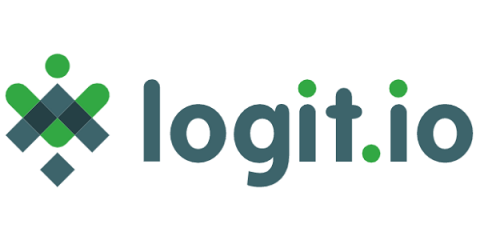Essential Linux Logs To Monitor for System Health
Linux is an open-source operating system kernel originally created in 1991. It has a reputation for being versatile, stable, and secure, hence its wide use on computing devices, beginning from servers and mainframes down to desktop computers, smartphones, and embedded devices. The broad uses for Linux and its popularity have led to the demand for effective monitoring.










